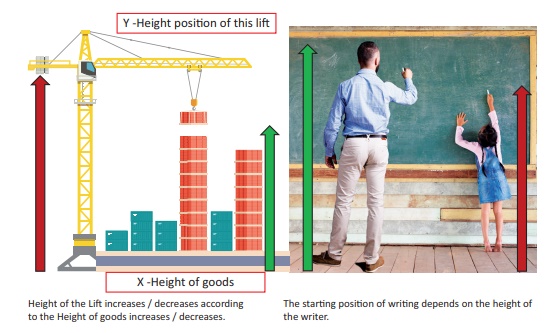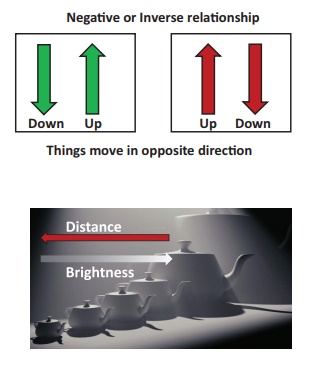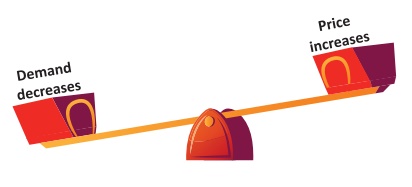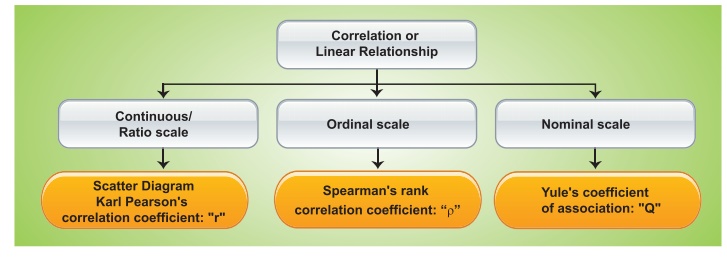Chapter: 12th Statistics : Chapter 4 : Correlation Analysis
Types of Correlation
TYPES OF CORRELATION
1. Simple (Linear)
correlation (2 variables only) : The correlation between the given two
variables. It is denoted by rxy
2. Partial correlation (more than 2
variables): The correlation between any two variables while
removing the effect of other variables. It is denoted by rxy.z
ŌĆ”
3. Multiple
correlation (more than 2 variables) : The correlation between a group of variables and
a variable which is not included in that group. It is denoted by Ry.(xzŌĆ”)
In this chapter, we study simple correlation only, multiple
correlation and partial correlation involving three or more variables will be
studied in higher classes .
Simple correlation or Linear correlation
Here, we are dealing with data involving two related variables and
generally we assign a symbol ŌĆś x ŌĆÖ to scores of one variable and symbol
ŌĆśy ŌĆÖ to scores of the other variable. There are five types in simple
correlation. They are
1) Positive correlation (Direct correlation)
2) Negative correlation (Inverse correlation)
3) Uncorrelated
4) Perfect positive correlation
5) Perfect negative correlation
1) Positive correlation: (Direct correlation)
The variables are said to be positively correlated if larger values of x are associated with larger values of y and smaller values of x are associated with smaller values of y. In other words, if both the variables are varying in the same direction then the correlation is said to be positive.
In other words, if one variable
increases, the other variable (on an average) also increases or if one variable decreases, the other (on an average)variable also
decreases.

For example,
i) Income and savings
ii) Marks in Mathematics and Marks in Statistics. (i.e.,Direct
relationship pattern exists).

2) Negative correlation: (Inverse correlation)
The variables are said to be negatively correlated if smaller
values of x are associated with larger values of y or larger
values x are associated with smaller values of y. That is the
variables varying in the opposite directions is said to be
negatively correlated. In other words, if one variable increases the other
variable decreases and vice versa.

For example,
i) Price and demand
ii) Unemployment and purchasing power

3) Uncorrelated:
The variables are said to be uncorrelated if smaller values of x
are associated with smaller or larger values of y and larger values of x
are associated with larger or smaller values of y. If the two variables
do not associate linearly, they are said to be uncorrelated. Here r = 0.

Important note: Uncorrelated does not imply independence. This
means ŌĆ£do not interpret as the two variables are independent instead interpret
as there is no specific linear pattern exists but there may be non linear
relationshipŌĆØ.
4) Perfect Positive Correlation
If the values of x and y increase or decrease proportionately
then they are said to have perfect positive correlation.
5) Perfect Negative Correlation
If x increases and y decreases proportionately
or if x decreases and y increases proportionately,
then they are said to have perfect negative correlation.
Correlation Analysis
The purpose of correlation analysis is to find the existence of
linear relationship between the variables. However, the method of calculating
correlation coefficient depends on the types of measurement scale, namely,
ratio scale or ordinal scale or nominal scale.
Statistical tool selection

Related Topics